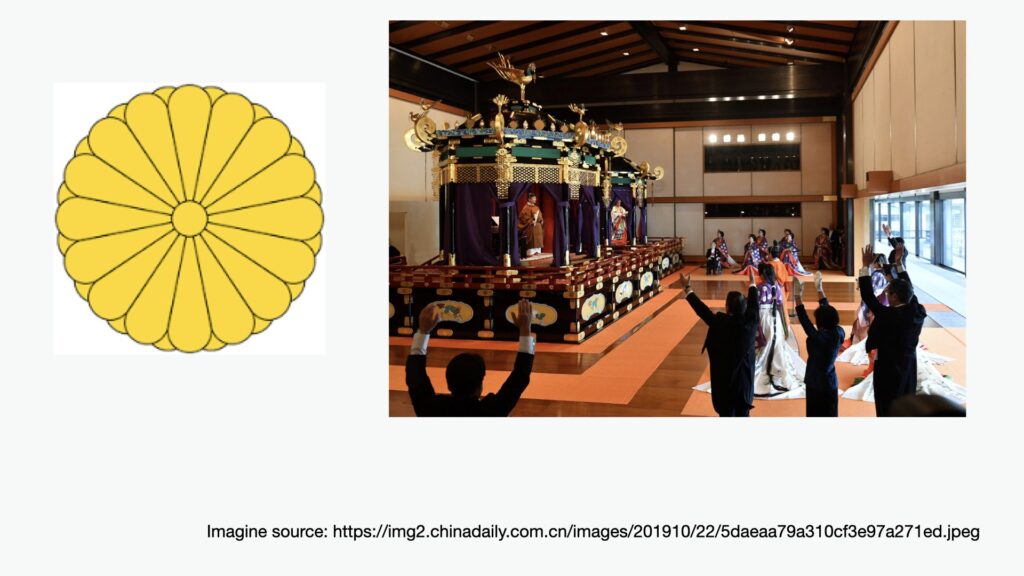A short week 37 to explore two topics
1 – What is the deal with the Chrysanthemum flower?
2 – What is the story behind the “fingers-crossed” gesture?
1 – What is the deal with the Chrysanthemum flower?
For the last three weeks, a book called Hirohito and the Making of Modern Japan has kept me occupied. One of the recurring topics that the author discusses is the Kokutai, which is the emperor or the systems the government have adopted to govern the nation. In the book, a word that popped up every time an important emperor related event occurred was the Chrysanthemum flower.
The reason why the flower was mentioned was that it is the symbol of the emperor. Ever since the royal family of Japan grew fond of the Chrysthanthemums during the 5th century, the flower was involved in every administrative conduct. So much so, that the imperial seal and the royal throne are called the Chrysanthemum seal and the Chrysanthemum Throne respectively.

The interpretations
What kept me curious is how deeply ingrained a type of flower can be with one country and at the same time have different interpretations in other countries and religions.
For Japan, the flower is a symbol of power, and it represents longevity, rejuvenation, and nobility. But it gets tricky to keep track of meanings when you categorise the flower by its colour. Red ones are given to loved ones, and white is given during funerals. This was the turning point when I began scratching my head because the meaning of a flower’s colour can either be positive or negative depending on the country and context.
In some parts in Poland, France, Hungary, and Lithuania, the flower is a symbol of death. While the white flowers are used in funerals in Japan, some parts of Europe view it as honesty and sincere love. This blog won’t end if I decide to break-down the remaining 20,000 varieties of the Chrysanthemum.
2 – In the need of some luck – the story behind fingers crossed.
Whenever we are running low on hope or luck, a phrase that we say is “Fingers Crossed”. And as a kid, I have crossed my fingers as a way to negate the lie I was telling. Although some of my friends were smart as they would check if I have my fingers crossed, they were not smart enough to check if I had crossed my toes!
The phrase fingers crossed is quite popular in the Western world, probably because its origin has its roots in Christianity. In early Christian days, people crossed their middle finger over their index to implore the power of God and to fight off evil. I guess people who forgot to carry the cross with them everywhere decided to find a shortcut.
The fingers crossed is not the only symbol that Christians used. The other well-known gesture people do with their fingers is the Jesus fish symbol. The need for such hand gestures is believed to have originated in the Roman cities because Christians wanted to avoid persecution. Christians were being persecuted because they refused to subject themselves to the Roman Gods. And so to tacitly communicate to fellow Christians they developed these hand gestures.
Do comment below on what hand gestures and symbols you have used.
Just when it was reaching the peak of interest about the flowers …it disappeared…
Regarding fingers crossed….toes crossed was a laugh….😃
Keep going !!!